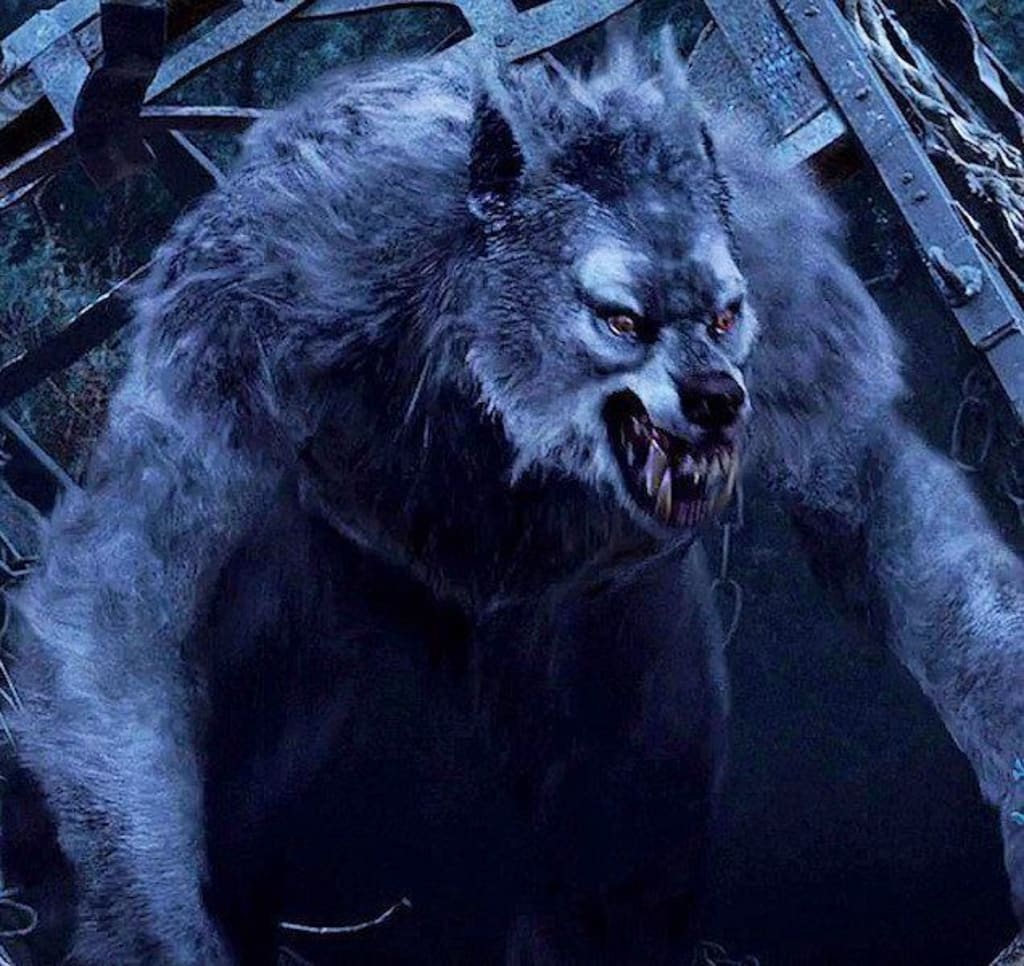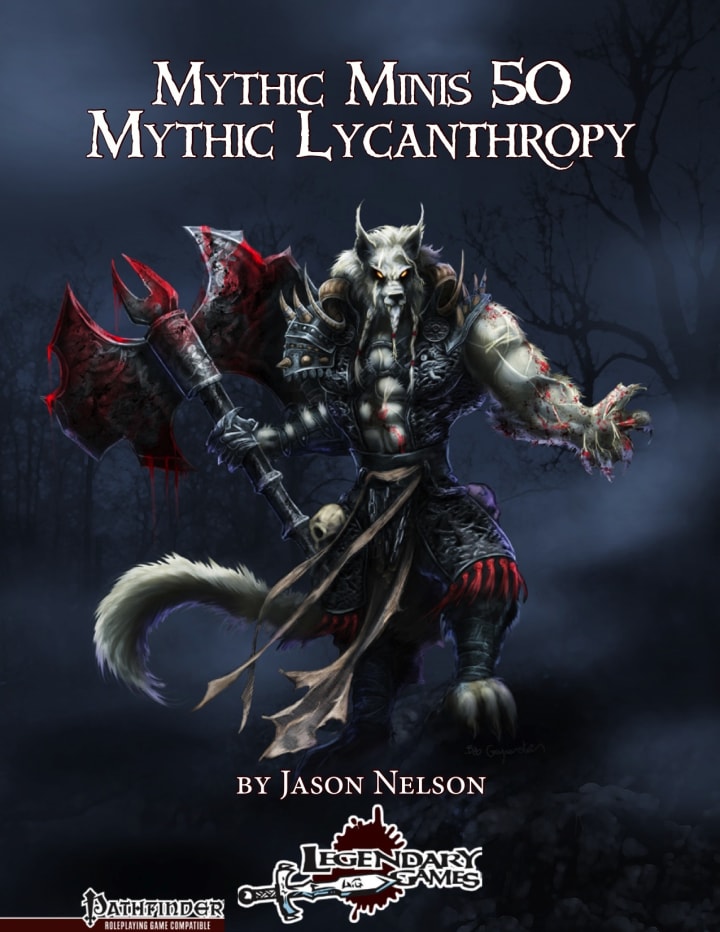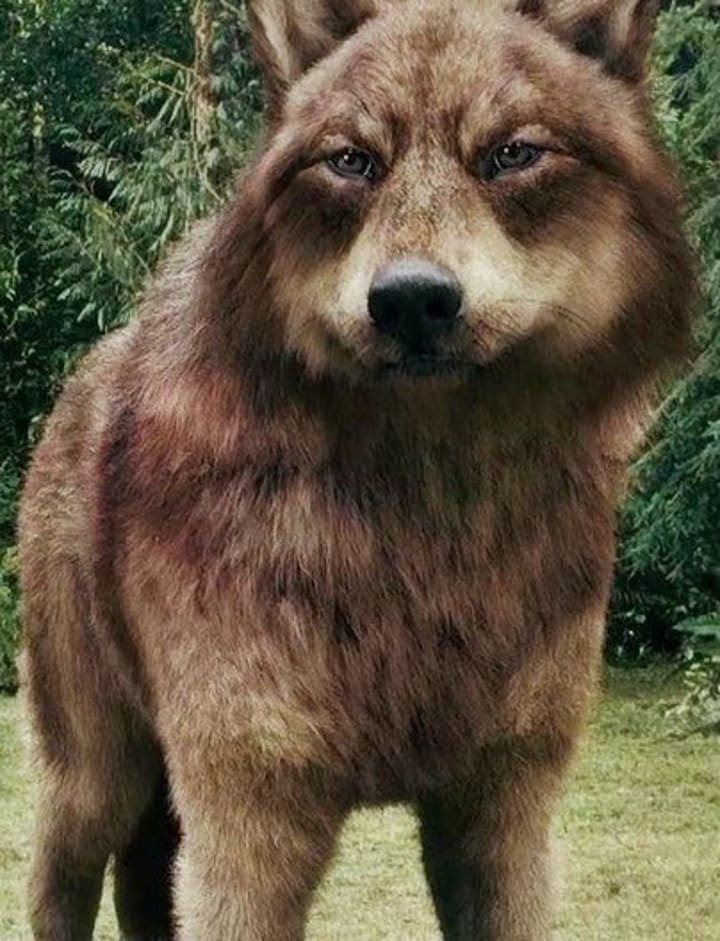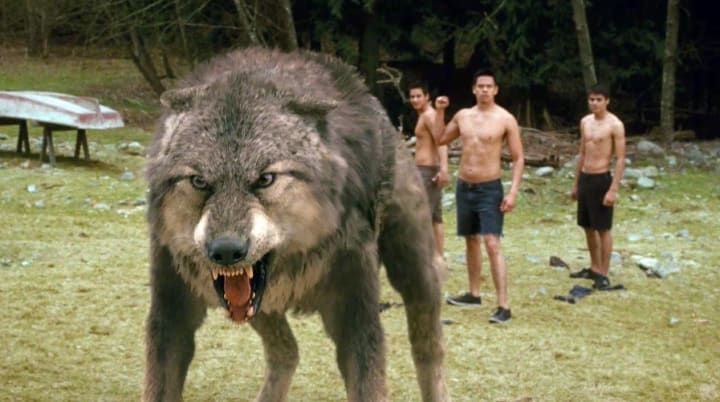
Werewolves, also called lycanthropes, are fabled human beings that can change shape. As the name implies, the shape they adopt is similar to that of a wolf. Werewolves have appeared independently or spread to almost every corner of the Earth. It is also among the oldest stories of human monsters that have been recorded in history. Lycanthrope stories are popular in folklore from all over Europe.
The Origin of Werewolves

Because of Vlad Tepes III, the Dracula myth is a source point, but it is not confirmed. However, no one knows with absolute certainty when the mythological story of the werewolf was conceived.
The origins of the legend about the werewolf can only be guessed at from the evidence of recorded history. The name they use is a lycanthrope. It could be the reason for the legend.
Lycanthrope Legends

In the past, there have been instances of trials of accused or confessed werewolves. They were hunted down, questioned, and executed much like witches were, because witches were frequently considered to be lycanthropes. The "werewolf trials" or "werewolf trials" offer a glimpse of the widespread human belief in werewolves.
Villagers arrested some of those accused of lacking a person to blame for livestock deaths or other unjustifiable events. Others were convicted for actions that were more dangerous and more likely to be concocted.
Greece

The Greek source of the word "lycanthrope" has several variations. One of the oldest and most well-known variants can be found in the Roman poet Ovid's Metamorphoses, which was published in the year 8 AD.
According to Ovid, King Lycaon was the ruler of Arcadia. One day, Zeus arrived at the palace of Lycaon disguised as a normal man. When Zeus disclosed his real persona, King Lycaon secretly came up with a plan to determine whether Zeus was godlike.
King Lycaon murdered one of his captives, known as Epirus. He then boiled and cooked the flesh of the victim, offering it up to Zeus. Zeus did not consume the flesh.
Incredibly angry (and slightly dismayed), he caused the palace of the king to be ablaze, killed 50 sons using lightning bolts, cursed the king, and was thrown into the wilderness, where he turned into the wolf that howled.
The English lycanthrope originates from the Greek word lukanthropos, or wolfman. It is derived from the name of the King, Lycaon.
The question is, why would you want to be a wolf? Why not other animals?
In his book, David Gallagher explains that this is because King Lycaon's savagery, as well as a hunger for human flesh, were the same as those of the wolves.
Ancient Rome

One of the earliest references to the werewolf, before Greek lycanthropy, can be found in the Roman poet Virgil's Eclogue 8. It was first written in 37 BCE. He stated that a man named Moeris could transform into a werewolf through poisons and herbs and summon ghosts of the dead.
Another early example of werewolfism that appears in the novel is the satirical Satyricon. The Roman novelist and courtier Gaius Petronius wrote it in the early century.
One day, he was on a walk with his host. When they came upon a graveyard, the host suddenly took off his clothes, urinated around them in a circle, and transformed into a wolf. Immediately after, the host (now a wolf) ran off into the countryside toward a flock of grazing sheep.
Niceros could hardly believe his own eyes until a sheep owner said to him that his servant had injured a wolf with a pitchfork. The next day, Niceros noticed a wound on the neck of his host. The wound mark on his neck was in the exact position where the pitchfork injured the wolf, "says the servant.
In the Roman version of the Lycaon tale, Jupiter replaces Zeus, which is not surprising given that they're etymologically related. Zeus is the godfather of all the gods of the early Greek religion. However, Jupiter is the king of the gods in Roman mythology.
Norway and Iceland

Despite being only 1,472 km apart, Norway and Iceland share ancient mythology that is called Norse mythology. This is because the Norse people settled in Iceland in Viking times. In the period of their colonization, the Aesir religion left traces that are part of the Norse legends in Icelandic writings.
Norse mythology is comprised of stories. In terms of werewolf mythology, the Volsunga Saga from the 13th century stands out. Stories about werewolves have a significant place in this story.
The Volsunga Saga's most famous werewolf stories revolve around father and son, Sigmund and Sinfjotli. In the forest, Sigmund as well as Sinfjotli stumble to a hut that contains two magical wolf furs.
When wearing the pelt, either will transform the man into a wolf, and the individual will be possessed of the strength, cunning, and grit of the wolves. Once on, however, the pelt will be removed only after the 10th day.
After putting on their furs, Sigmund and Sinfjotli turn into wolves, and they begin to wander through the woods together. After they parted, they decided to yell at each other when they encountered seven people fighting one at a time.
Sinfjotli, the son, breaks the contract and kills 11 people at the same time. In anger, Sigmund fatally injures his son. However, a raven is Odin's messenger, and Odin arrives with the healing leaf for the wound of Sinfjotli.
When Sinfjotli is healed from his wound as well as his father, they remove the enchanted wolf's pelts on the tenth day. It was then that they burned them to the ground and escaped the curse of lycanthropy.
South America (Lobizon)

The Luison, also known as El Lobizon, or the word lobizon, can be described as one of the South American werewolves. The legend of the luison is primarily prevalent throughout Argentina, Brazil, Paraguay, and Uruguay.
It is based on the Portuguese belief that the seventh son in an entire family will become a luison on the night of the full moon, specifically when it falls on Friday. This myth is particularly common in Argentina. The Argentine Presidency, under Juan Domingo Peron, is a firm believer in the myth.
The root of the legend of the luison is found in Guarani mythology. It is believed that the Guarani were the native peoples of Paraguay who believed that they had seven monsters. Of the seven monsters, the one known as Luson had a horrible appearance (but no obvious resemblance to the wolf) and was later referred to as the God of Death.
As Europeans established colonies in South America, Luis's association with death waned as time passed. The legend of Luis eventually merged with European legends about werewolves. The Lobizon changed into a half-man and half-wolf.
Mexico (Nagual)
Our werewolves living in Mexico are referred to as "nahual" as well as "nagual." Both are pronounced "Na'wal." Even though Mexico was an official Spanish colony for over 300 years, the Nahual mythology did not blend with the European tales about the werewolf. The story remains unchanged to this day.
The beliefs of Mexican werewolfism, also known as nagualism, vary depending on the region. Some Mesoamerican indigenous people believe the nagual is the spirit of protection that lives in animals like jaguars, deer, or eagles. Mountain lions and many more.
In other areas, in a more terrifying version of nagualism, it is believed that men of power can transform into animals to cause harm. There is a connection between the earlier belief and the term "nahual," which comes from the word "nahualli," meaning "disguise." Its meaning refers to the magic by which magicians transform their physical appearance into animal form.
North America
Perhaps no other nation has played a more important role in the way the United States has in creating and propagating the werewolf phenomenon, particularly during the 1980s and among horror fans. The werewolf was a part of popular culture (and remains so today).
Thank you to the makeup artist, Rick Baker, who provided the most realistic werewolf transformations shown on screen. Films such as The Howling, The Werewolf in London, American Werewolf in London, and Michael Jackson's The Thriller count among Jackson's best works.
The myth that the werewolf roamed America originates with the European colonists. As these settlers began to settle in North America, they became aware of the presence of large numbers of wolves, real wolves.
The legends of their time merged with Native American werewolf legends, which existed before European introductions. America created the werewolf legend that we have to this day.





Comments
There are no comments for this story
Be the first to respond and start the conversation.